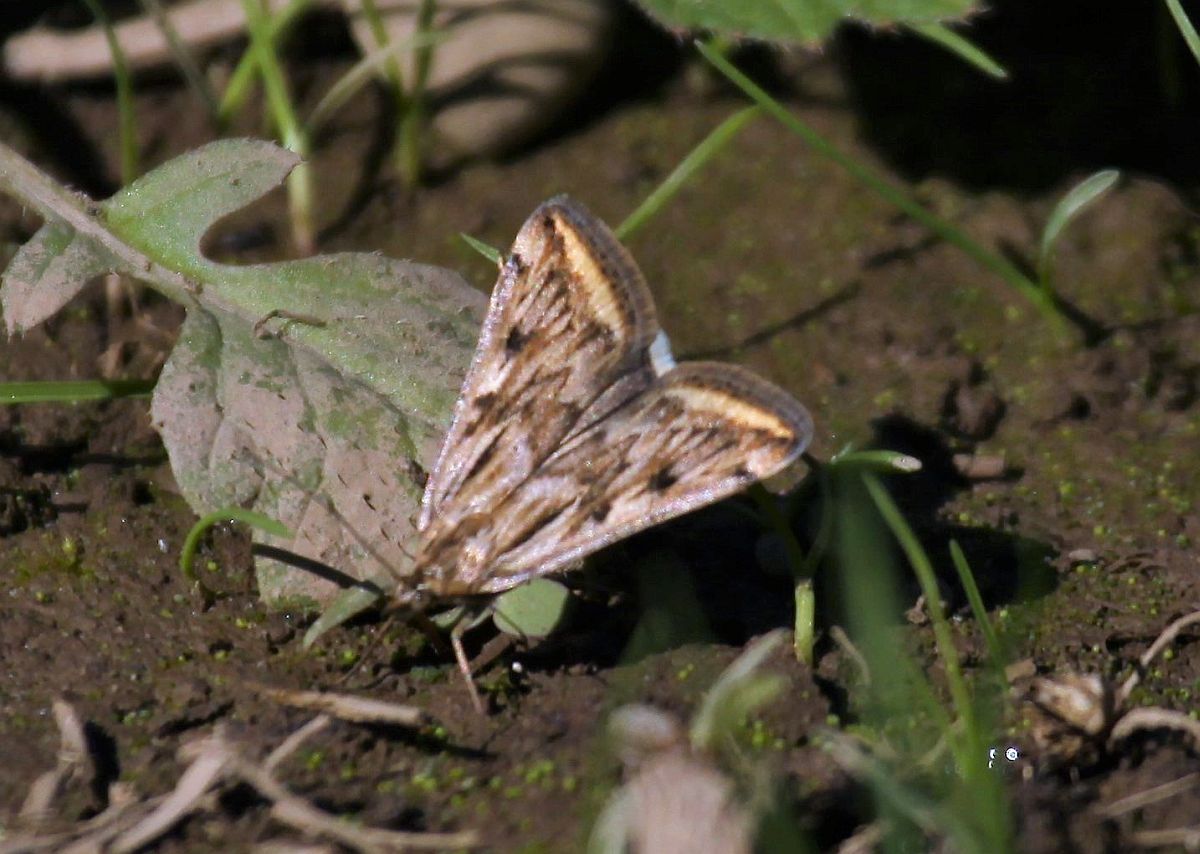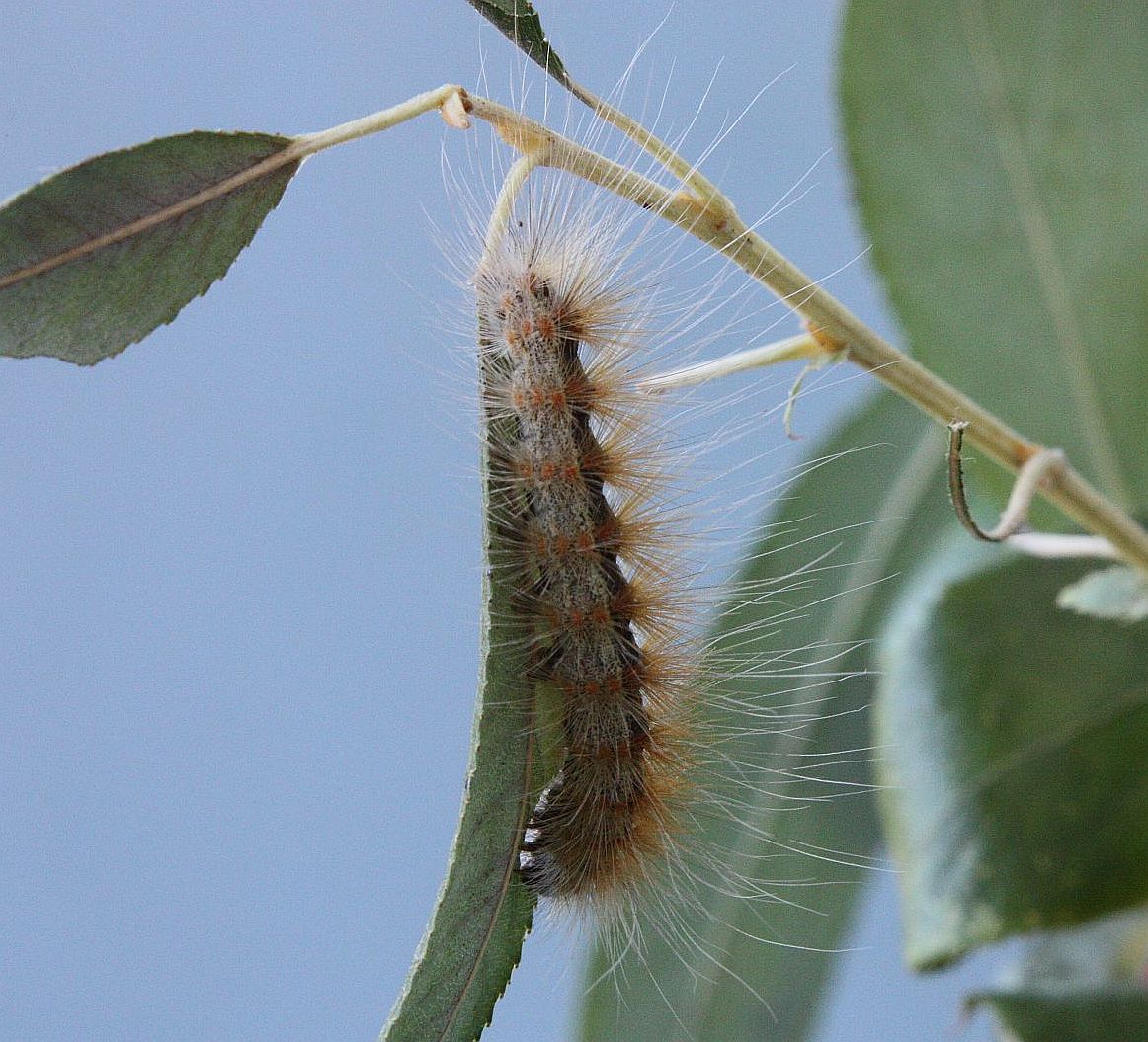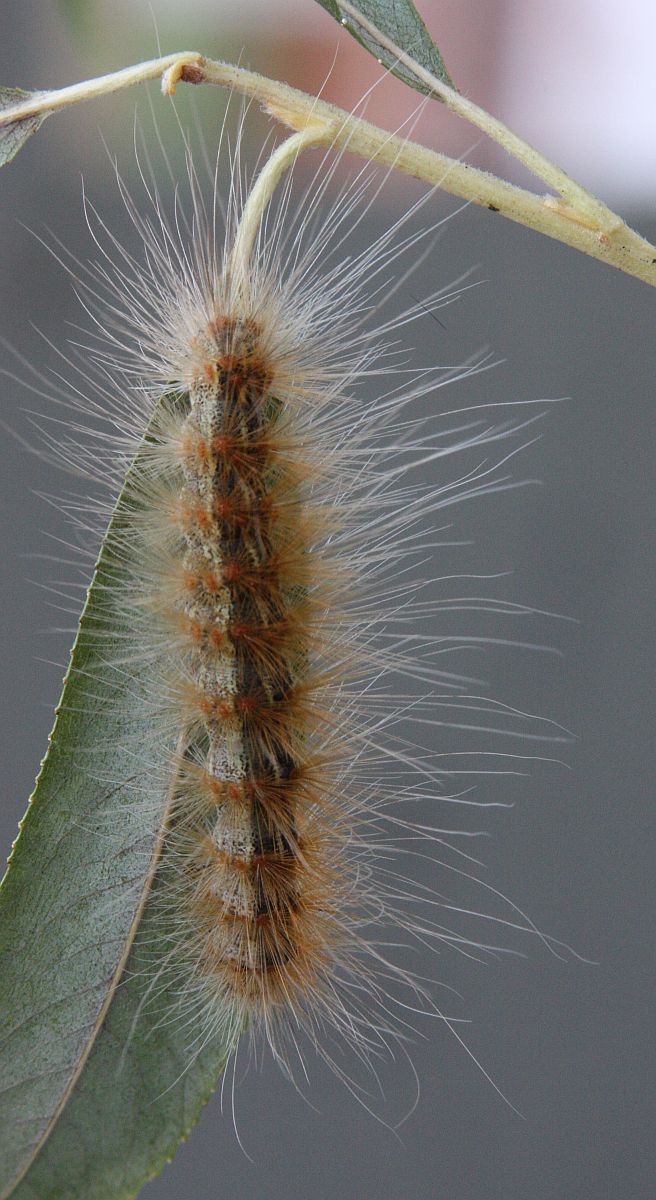September 12
2017 September 12
Jeremy Tatum writes: My pessimism expressed in the September 11 posting about being able to get an identification of the moth photographed by Ron Flower at McIntyre reservoir yesterday was ill-founded. Libby Avis had no difficulty in identifying it as Loxostege cereralis – named for Ceres, goddess of agriculture. Here is Ron’s photograph:


Loxostege cereralis (Lep.: Crambidae – Pyraustinae) Ron Flower
The September 10 posting had a report of masses of caterpillars of the White-speck Moth (Armyworm) invading a school in Courtenay. Now today’s (September 12) Times-Colonist has an article (page B1) headed “Armyworm infestation decimates BC crops”, including such phrases as “seething mass” and “army of voracious worms”, “a larvae” and so on. I haven’t seen any here in Victoria recently. Perhaps viewers would keep a lookout for them. I see many buildings were also decimated by Hurricane Irma. I always thought that “to decimate” meant “to reduce by ten percent” – but I suppose our language evolves and becomes less comprehensible as it does so.
Jeremy Tatum writes: I visited McIntyre reservoir again today. I saw a Painted Lady, a Purplish Copper, and lots of Cabbage Whites – but no sulphurs. That does not mean that they have all necessarily gone, and it would still be worth a few visits there. I had some excitement at the Lochside trail pig farm. A huge Catocala moth flew right by my head, flashing brilliant red hindwings. You usually find these moths settled on a wall with their hindwings hidden. To see the moth in flight was quite exciting. Later it settled on a branch. I couldn’t be sure of the species, but, although there were no nearby oaks, I believe it was most likely C. aholibah. Then, a little bit further south on Lochside, I found several nests of the Fall Webworm, and I found an isolated caterpillar that had left its nest. It can be surprising to discover that the Fall Webworm is actually a woolly bear, every bit as woolly, soft, long-haired and cuddly as the other woolly nears in our area.


Fall Webworm Hyphantria cunea (Lep.: Erebidae – Arctiinae) Jeremy Tatum


Fall Webworm Hyphantria cunea (Lep.: Erebidae – Arctiinae)
Jeremy Tatum
